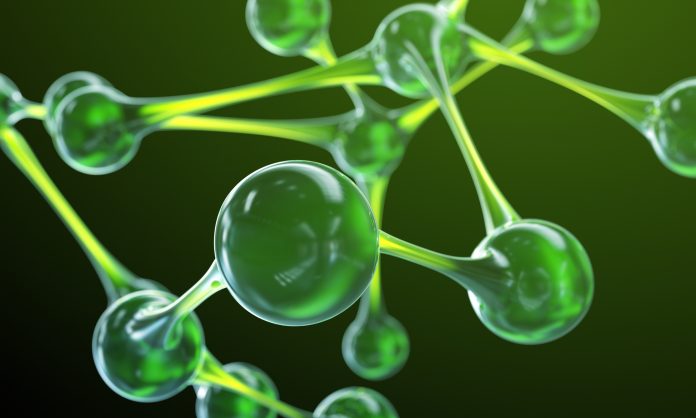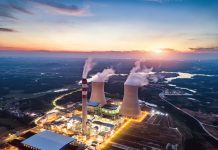The Indian Government has announced plans to produce half a million tonnes of green hydrogen-based ammonia annually to promote renewable energy sources
This plan, led by the state-owned Solar Energy Corporation of India (SECI), involves launching ten-year contracts to supply 539,000 metric tonnes of green ammonia each year. The procurement will be distributed across eleven projects with various delivery points across the country.
Meeting the green ammonia target
The tender, issued as a Request for Selection (RfS), aims to select producers who can meet the supply target. The initiative falls under Mode 2A of the Strategic Interventions for Green Hydrogen Transition (SIGHT) programme, part of India’s National Green Hydrogen Mission.
This mission shows the country’s commitment to reducing its carbon footprint and promoting the use of renewable energy sources.
Green ammonia, derived from green hydrogen, is produced using renewable energy sources such as solar or wind power. Its main use in this context will be for fertiliser production, making the agricultural sector more sustainable and environmentally friendly.
Offering the lowest possible price
To ensure competitive pricing, SECI has opted for a reverse auction mechanism. In this process, sellers will compete to offer the lowest possible price, with the most cost-effective bid winning the contract. This approach not only encourages fair pricing but also drives innovation and efficiency among producers.
The auction does not set a ceiling price, allowing market forces to determine the most competitive rates. Interested companies have until July 29, 2024, to submit their bids. A pre-bid meeting is scheduled for June 28, 2024, allowing potential bidders to seek clarifications and better understand the tender requirements.
This initiative is part of the Indian government’s wider strategy to enhance green hydrogen production and its applications. Now, the government has allocated resources for the annual production of 412,000 metric tonnes of green hydrogen and the manufacturing capacity of 1.5 GW of electrolysers.
Green hydrogen and ammonia
The global context for green hydrogen and ammonia is also evolving rapidly. For instance, Yara recently opened a 24 MW renewable hydrogen plant in Herøya, Norway. Meanwhile, TotalEnergies and Air Products have entered into a significant agreement for the annual supply of 70,000 tonnes of green hydrogen in Europe for 15 years, starting in 2030.
India’s foray into green ammonia procurement through SECI is a monumental step towards sustainable development. It aligns with global trends and showcases the country’s proactive approach to green energy transition. By promoting a competitive environment through reverse auctions, India aims to not only secure a steady supply of green ammonia but also drive down costs and promote innovation in the renewable energy sector.
This initiative also highlights India’s commitment to reducing its reliance on fossil fuels and minimising greenhouse gas emissions. The use of green ammonia in fertiliser production is particularly significant, as it can substantially lower the carbon footprint of agricultural practices. Given the critical role of agriculture in India’s economy, this move could have far-reaching positive impacts on both the environment and the rural community.
As the global demand for green hydrogen and ammonia increases, India’s strategic initiatives position it as a key player in the renewable energy landscape. By prioritising sustainable practices and using competitive bidding processes, the country is paving the way for a cleaner, greener future.
SECI’s tender for 539,000 metric tonnes of green hydrogen-based ammonia per year marks a pivotal moment in India’s journey towards sustainable energy solutions.











